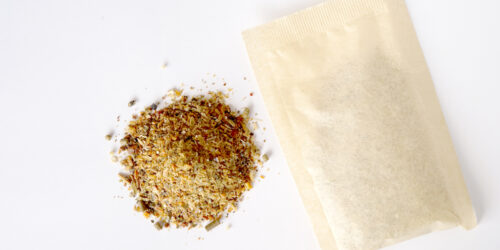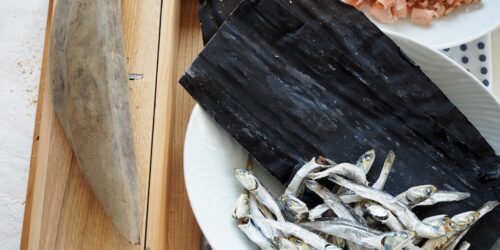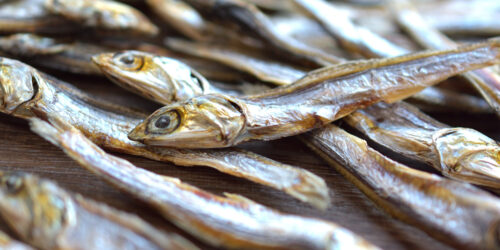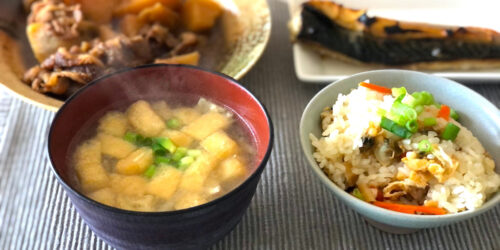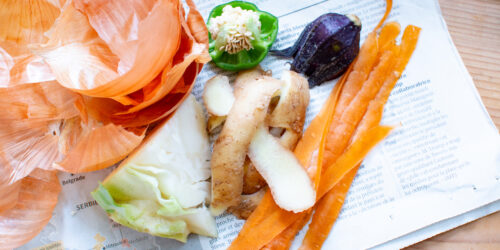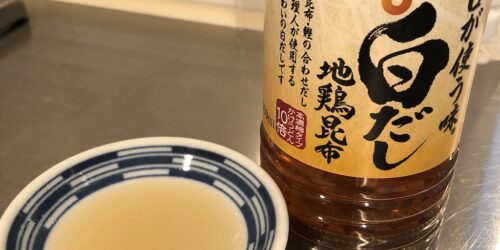10 Best Dashi Stock Substitutes
What Is Dashi Stock in Japan?
Indispensable item for Japanese food, “Dashi” is used for many Japanese foods such as miso soup, soup for noodles, and various types of simmered dishes.
Strictly speaking, dashi can be made from all kinds of foods including tomatoes, tofu, meat, etc. If you have 100 kinds of ingredients, you can get 100 kinds of dashi soup stock.
However, dashi in Japanese dishes I mentioned above, it usually means that dashi soup stock made from dried bonito shavings and kombu. In some cases, it additionally contains dried shiitake mushrooms, dried small sardines, and other materials.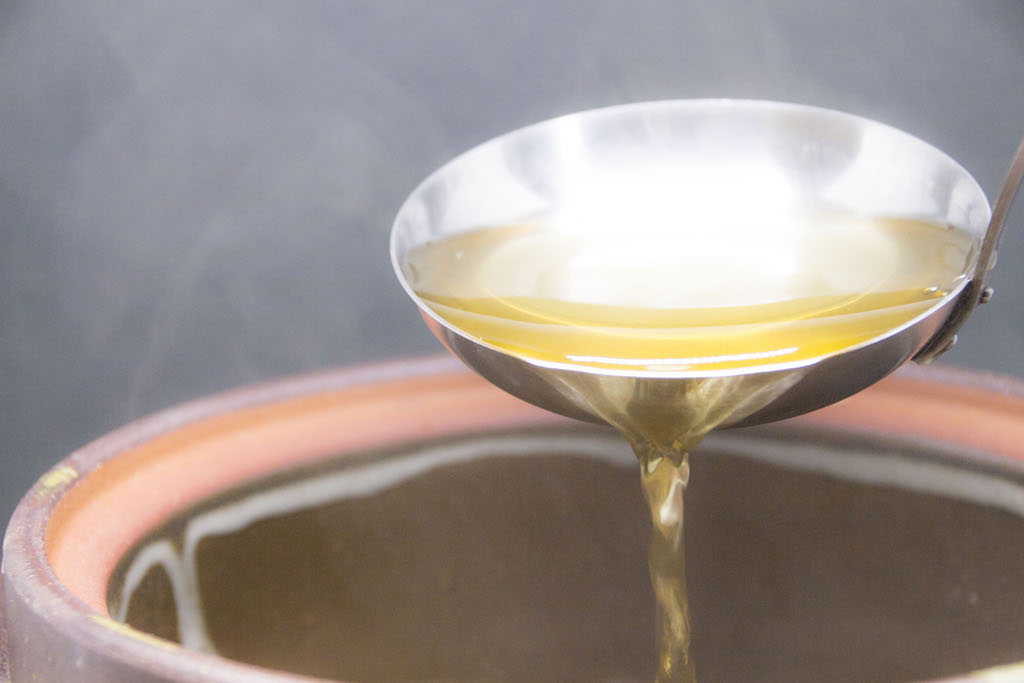
Good Substitutes for Dashi Stock
When you make some Japanese dish, and found “dashi” in the recipe, it probably means the one made from dried bonito shavings and kombu.
Although it’s better to make it from scratch buying big piece of dried kelp and bunch of dried bonito shavings, but that’s kind of hard to do that and expensive in most cases.
Here, I would like to introduce what you should use instead of making dashi from scratch.
By using those great substitute, you can make Japanese dish easy and quick at your home!
1. Mentsuyu
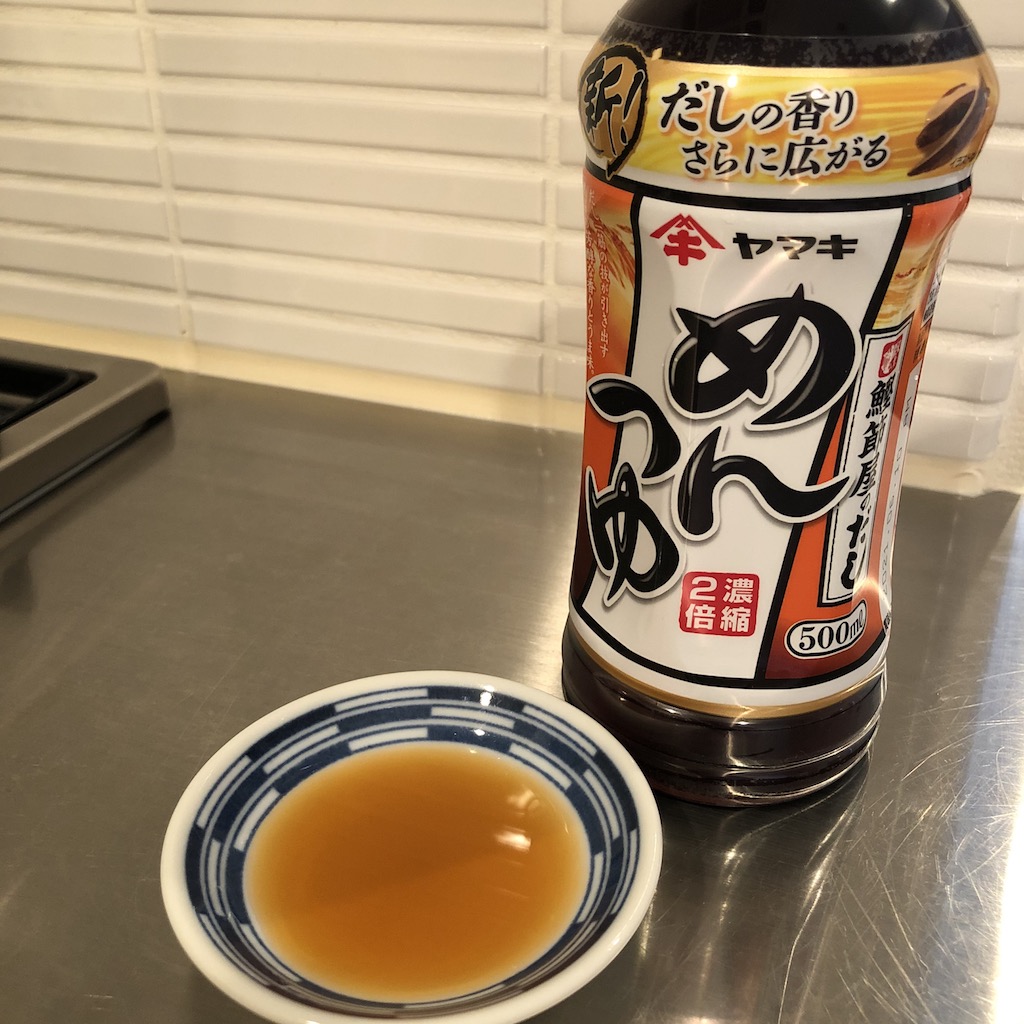
Mentsuyu is made from dashi, soy sauce, sugar, mirin, and some other seasonings. The main materials of dashi in mentsuyu are often dried bonito shavings and kombu (kelp).
As the name suggests (“men” means noodle, and “tsuyu” means soup), mentsuyu is normally used for the soup when eating udon, soba, and somen noodles.
Other than noodle soups, mentsuyu can be used for other soup dishes or simmered dishes. Especially traditional Japanese simmered foods always require soy sauce and sugar, it’s extremely useful seasoning for them.
Please note that you shouldn’t add too much additional seasonings because mentsuyu contains those kind of seasonings other than dashi. Otherwise your dish will have too strong taste.
Miso soup is generally seasoned with only miso paste and dashi, so please change it to soy sauce based soup if you want to use mentsuyu for the soup dishes.
2. Shiro-Dashi
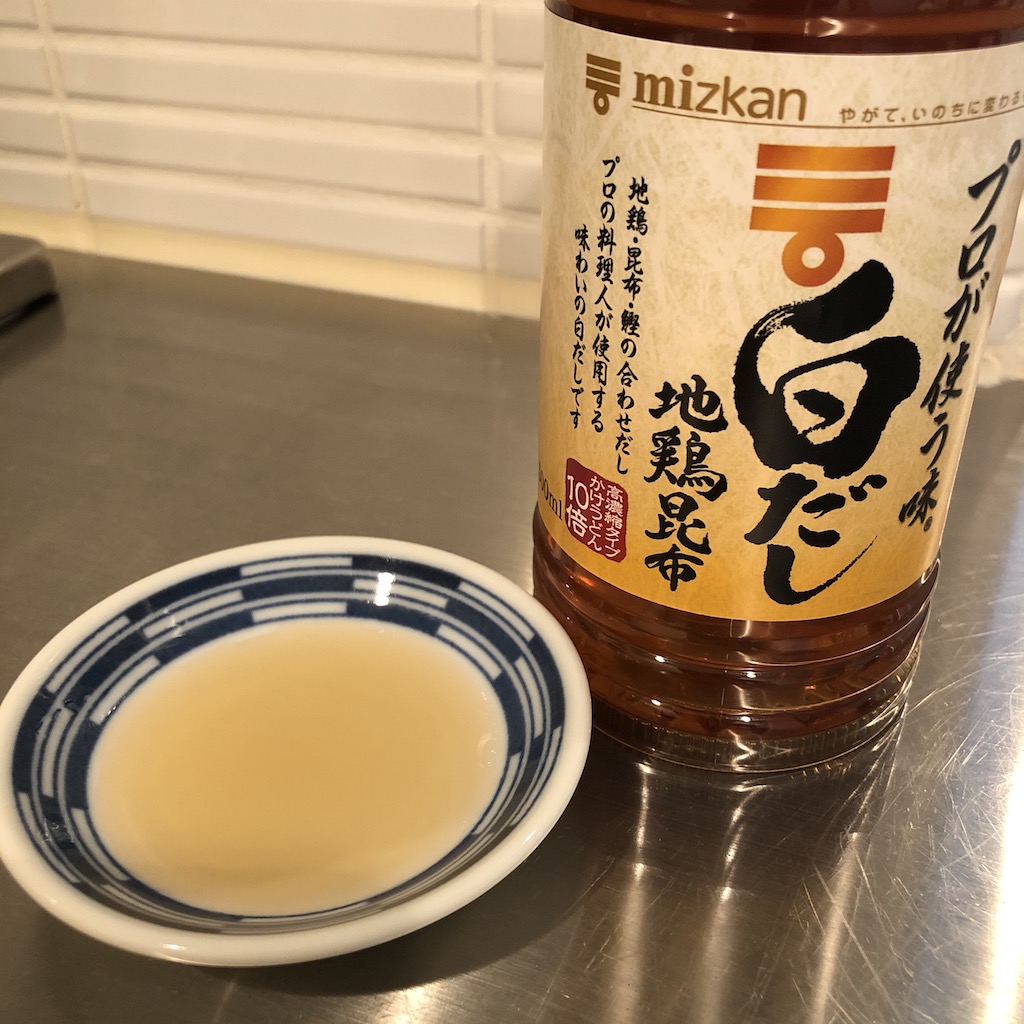
Shiro-dashi is very similar item to mentsuyu. The difference between those is the color.
There are two types of soy sauce: black one (normal soy sauce) and yellowish one (light color soy sauce). Shiro-dashi is using the light color soy sauce instead of normal one.
Japanese people tend to use shiro-dashi instead of mentsuyu when they prevent food from becoming dark color, for example, when making dashi-rolled egg.
Some mentsuyu contain only bonito dashi soup stock, while some shiro-dashi contain both bonito and kombu (kelp) dashi soup stock. I mean the type of dashi in those seasonings totally depend on the manufacturers. Also, the quantity and the type of additional seasonings depend on them. So please check the lists of ingredients on the package, and find your favorite one.
How to use shiro-dashi is the same as mentsuyu by the way.
3. Kombu-Tsuyu (Kombu-Dashi)
Generally kombu-tsuyu is also the same type of seasoning as mentsuyu and shiro-dashi. But as the name suggests, it’s specialized in using kombu dashi (soup stock made from kelp).
If you love the flavor of kombu (kelp), this is the one you should pick. Some of them doesn’t contain soy sauce, but it often contains salt and sugar in that case.
All of above 3 items often contains sweetness from sugar or mirin too, however, you might feel strong saltiness in some cases. So make sure to check the lists of ingredients on the package, and adjust the taste when cooking.
4. Hondashi
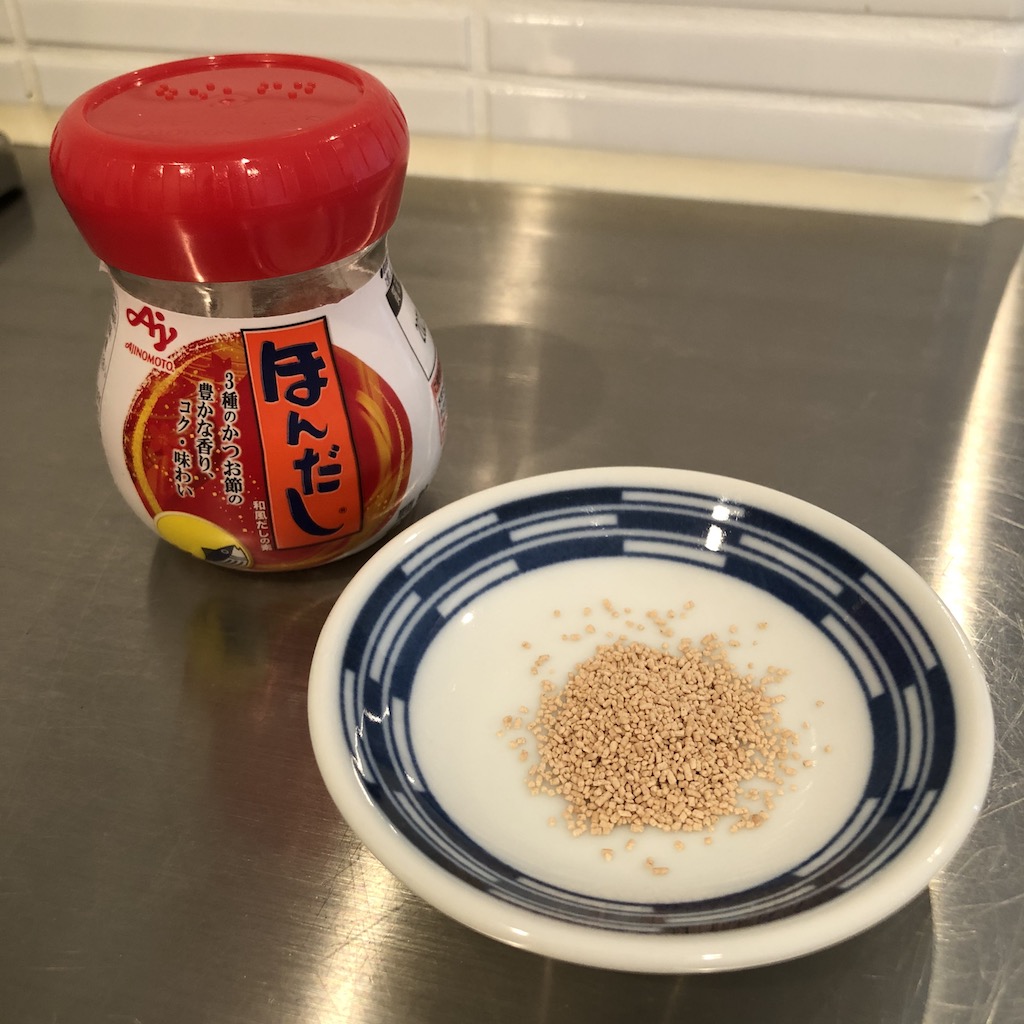
Hondashi is a famous brand of Japanese-style dashi granules that is widely used all over Japan.
The raw material for hondashi is not always the same. There are hondashi made from bonito, kombu (kelp), niboshi (dried small sardines), agodashi, etc. Some of them are mixed dashi.
A lot of Japanese people use this granules instead of making dashi from scratch. It’s well preserved, and available for so many kinds of Japanese dishes such as miso soup and simmered foods.
It doesn’t contain other than dashi component, so you should add some seasonings well (miso, soy sauce, sugar, etc) as you like when cooking.
5. Chicken Stock Powder
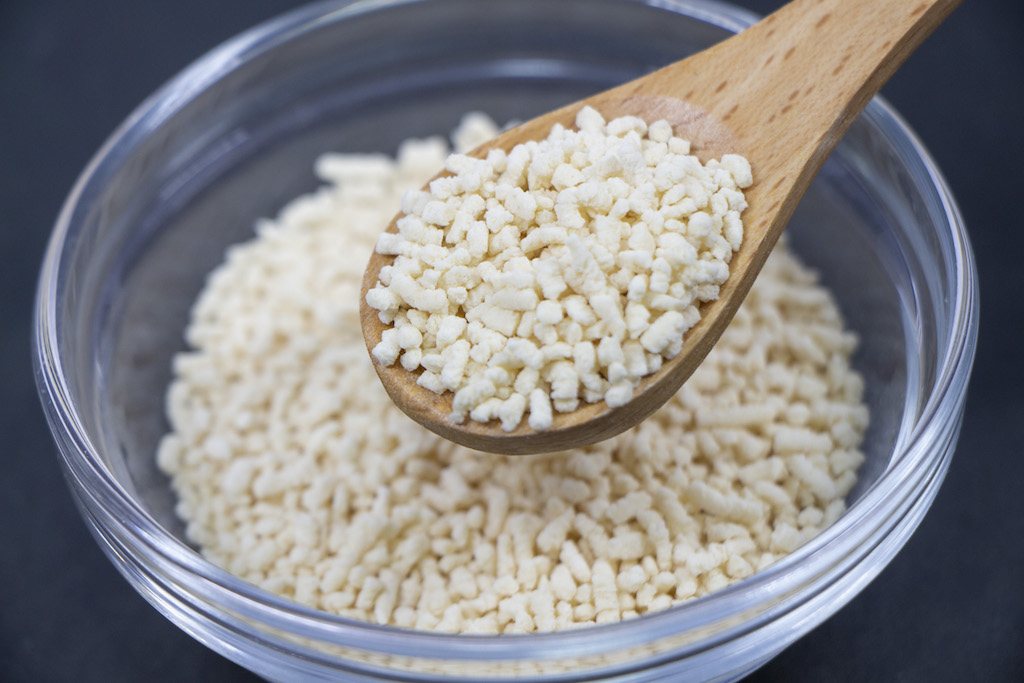
As you know, this is the powder made from the soup with stewed chicken bones and vegetables.
Typically it tends to be used for Chinese cuisine. But it hardly ruin other type of cuisine including Japanese dishes, so people often substitute chicken stock powder for Japanese-style dashi.
Just like hondashi, it gives great umami to all kinds of dishes.
Depending on the manufacturer though, some of the chicken stock powder contain more saltiness rather than hondashi. So you should check the taste carefully before adding it in the dish too much.
6. Dried Bonito Shavings

Although it’s better to make dashi soup stock with a bunch of fresh bonito shavings, that’s not easy all the time, right?
Actually the small pack of dried bonito shavings that you can get from Asian (Japanese) grocery stores can be great substitute for dashi soup stock.
Here is the easiest recipe for making bonito soup stock with it.
3-Minutes Best Quick Dashi Recipe
If you don’t even have time for making the soup stock, you can just sprinkle 1-3 tablespoons of dried bonito shavings on the dish directly. For example, Japanese-style stews, miso soup, salad, cold tofu, etc.
The taste of the dish will improve dramatically with only few amount of them.
7. Kombu Tea

Kombu tea is a dried kombu powder that is used for making tea. Usually people make a tea with hot water and this powder, but you can also use this instead of dashi powder.
This kombu powder is very soluble, so it’s convenient to put stir-fried dishes and soup dishes.
By adding kombu tea to the dishes, it makes the dishes even more delicious and flavorful.
Some kombu tea have extra flavor such as plum flavor, so please note that kombu tea without any flavor is more suitable for cooking.
8. Shio Kombu (Salted Kelp)

Shio kombu (salted kelp) is a type of processed products of kombu. It’s made by simmering kombu, and coating it with salt.
I highly recommend to substitute shio kombu for dashi soup stock because the pack of shio kombu is inexpensive and easier to use for cooking compared to big piece of dried kombu.
It’s dried item, so you can just sprinkle those on cold tofu, salad, or mix with steamed rice. It has moderately salty taste, and matches so well with various type of dishes.
When you want to make dashi soup, just put shio kombu into hot water. I like make oden (fishcake stews) with this soup at home.
Please note that the soup with shio kombu is definitely salty, so make sure check the taste carefully while adding other seasonings.
9. Tororo Kombu (Shredded Kelp)

Tororo kombu (shredded kelp) is a also type of processed products of kombu. It’s made by drying kombu for about a day, soaking it into vinegar water, making finely chopped kombu into blocks, and shaving the cross section of the block thinly.
Just like normal dried kombu, it also contains abundant umami.
Although a piece of dried kombu is very hard and can’t cook right away, tororo kombu is ready to use right out of the pack.
You can think that tororo kombu can be used just like the dried bonito shavings. In Japan, it’s usually put on miso soup or noodle dishes as a topping right before eating.
It gets really soft right after soaking it into soup, so you should eat it without heating.
10. Dried Shiitake Mushrooms Soup Stock
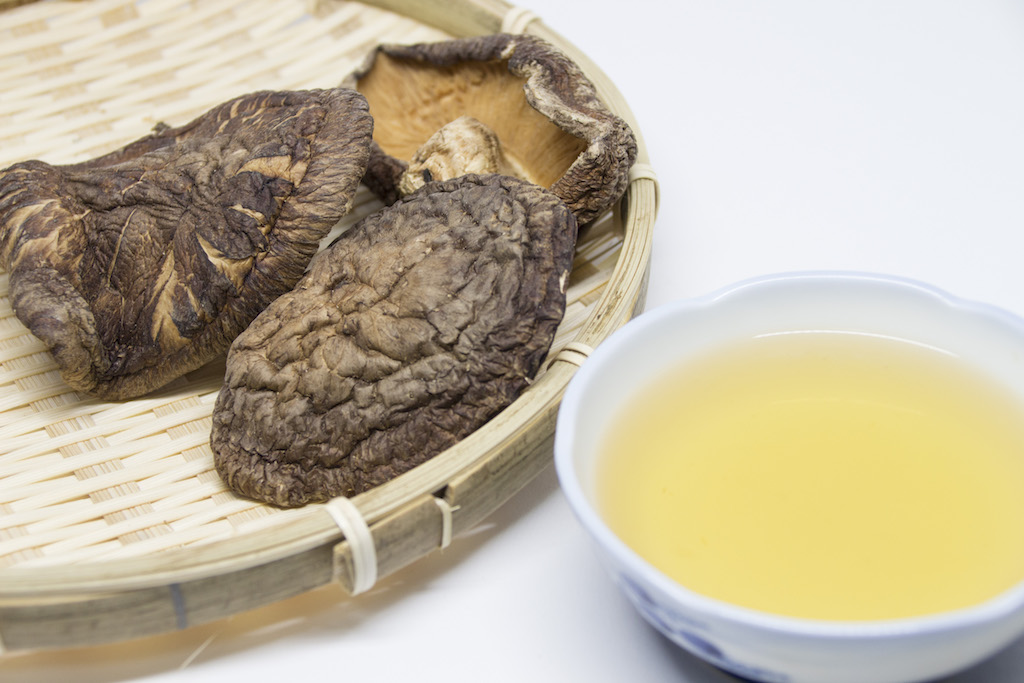
A lot of Japanese mushrooms contain abundant umami component, and they can upgrade dishes amazingly.
Among them, especially dried shiitake mushrooms are the best.
It’s hard to use as it is, so you should soak 2-3 piece of dried shiitake mushrooms in water to make dashi soup stock. I recommend to rest it in the refrigerator for at least 6 hours (or overnight).
[As a guide for the amount of water: about 0.4 cup (100ml) per 1 mushroom]
The dashi soup stock can be used for making soup, one-pot dishes, stews, etc. Since it has strong smell of shiitake mushrooms, it’s probably not suitable for making miso soup.
You can eat remaining mushrooms by the way. You may want to slice the mushrooms, and use it as an ingredient in soup or stew.
Conclusion
When you have a trouble with making dashi at home, please try to use these substitutes. At that time, please read the ingredients list on the package carefully, and adjust the taste depending on the dish.
I hope you can enjoy tasting various types of dashi!

